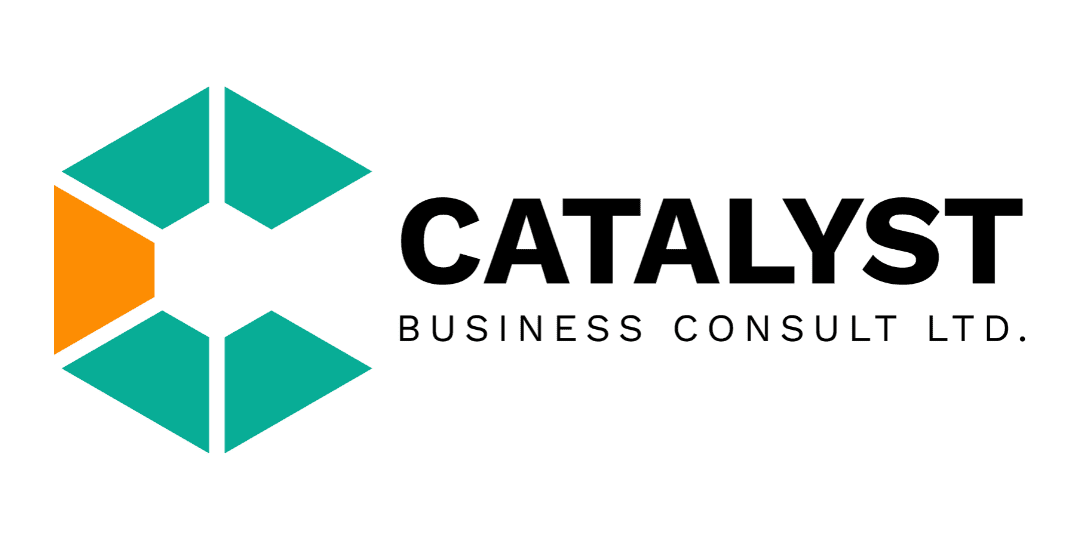According to educational theorist Neil Fleming, there are four main types of learners. His VARK model showed that students had preferred methods of learning which work best for them. As a student, it is vital to identify what kind of learner you are and know what conditions work best. No two individuals are identical. What works for A may not be effective for B and C.
The four learning types are
V – Visual Learners
A – Auditory Learners
R – Reading/Writing Learners
K – Kinesthetic Learners
Visual Learners
Diagrams, pictures, and images are excellent companions of visual learners. They often have long-term visual memory, allowing visual learners to retain and learn better through graphical means.
Recommendation: If you fall under this category, try to organize notes into charts, graphs, and so on. Colour coding can also be a fantastic tool. Review your material often and create memos to help you along the way.
Auditory Learners
These folks thrive on opportunities to speak and listen. They enjoy having information explained verbally to them. They learn through repetition and mnemonic techniques.
Recommendations: Try to speak aloud when reading, read a passage and repeat it to yourself to test your understanding. Repetition is key. If you encounter difficulty in your studies, ask your instructor or a fellow student to explain verbally. Similarly, you can listen to recordings of lectures and explanations.
Reading/Writing Learners
These students love to read and love words. They are the types who often develop an interest in books and novels.
Recommendations: Read, write, read, rewrite. Repeat as much as necessary. Taking notes is crucial. Rewriting is equally as important. Make sure to reword your notes often to ensure you understand. If you have read a topic, try to write about it in different ways to test your understanding.
Kinesthetic Learners
These are the “hands-on” learners. They learn more through action and by doing. They are usually more physically inclined and so learn more through in-person activities and examples.
Recommendations: Avoid distractions when reading and try to study in a group. It is easy for these types of learners to become bored after long sessions of study. So, take breaks, go for walks to aid concentration while studying. Try to connect theory with practice. Use real-life examples to supplement concepts. Go for a walk with a friend while explaining a topic you have read. Having “flow” or movement is a big plus to kinesthetic learners.
As you navigate the educational landscape as a student, you will find specific modes you gravitate towards over time. You may find that you retain more when you study in a group, or you can remember diagrams easily and so on. Taking time out to figure out the best way you learn will help ease frustration. Forcing yourself to do things that may not be effective for you is unwise. Learn your strengths and weaknesses and adapt accordingly.
It should be said that there are situations that will require one type of learning style over the other. For example, it is possible to explain the mathematical laws and concepts of gravity, but it would be far more efficient to drop a ball on a table. Some subjects will contain more pictures and graphs, while some will mostly contain words and ideas. Being well-rounded is the goal. The learning modes should be used as guides and not boxes to restrict your journey in learning.
At Catalyst Tutors, we have dedicated and highly trained tutors who can cater to your individual needs as a student. Our record of numerous success stories speaks for itself.
You can contact us on +234 816 272 6997
Or reach out to us at
@catalystolawale on Twitter and
@olawalecatalyst on Instagram

